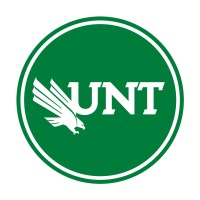
York University
York University is a diverse community of students, faculty, and staff driving positive change. As one of the largest post-secondary communities in the world and with a uniquely global perspective, we are driven by passion and purpose as part of a forward-thinking collective bringing enduring values and new ideas to complex societal challenges. The York University staff and faculty community benefit from opportunities for career advancement, learning and development, and personal growth while creating positive change for our students and broader communities.






